The new year is almost here, and looking back at 2020, the editorial team at Research Matters has put together some of the most compelling stories published during its course. From mental health to nutrition to climate change and new species discovery, we have covered most of India’s best scientific work this year. Curated in no particular order, here are some stories that our team believes deserves another read. Dive in.
A new open-source satellite tool has revealed the critical ecological and economic importance of India’s Open Natural Ecosystems, challenging the colonial-era classification of these biodiversity hotspots as unproductive wastelands.
Bengaluru/
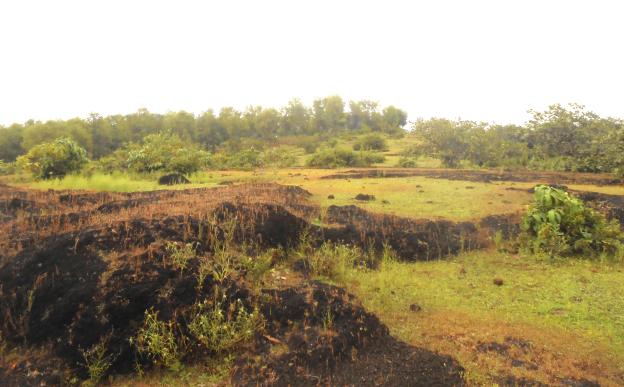




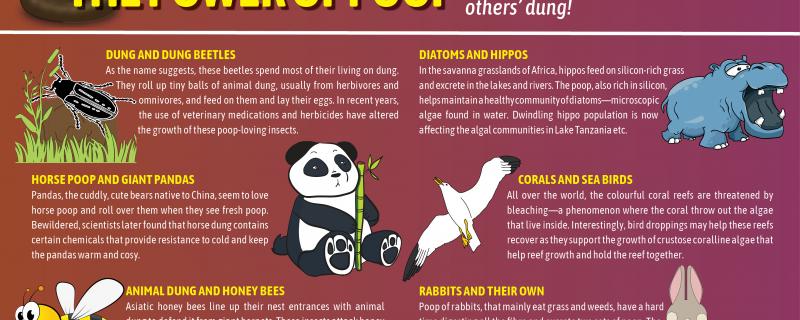
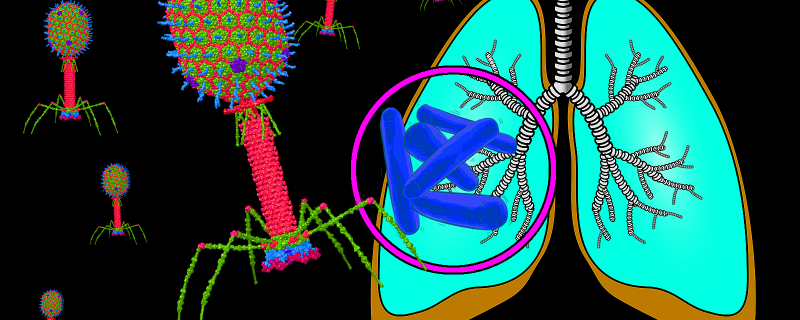
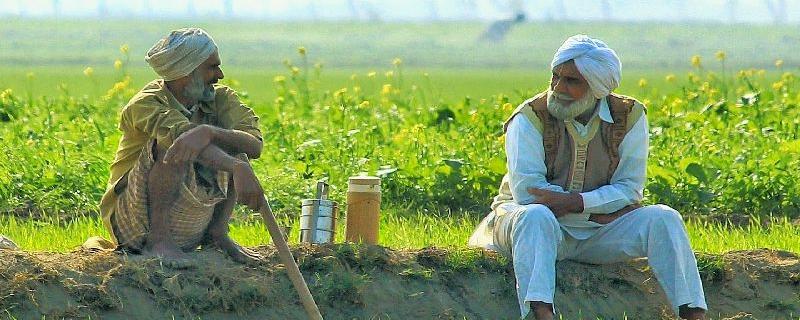
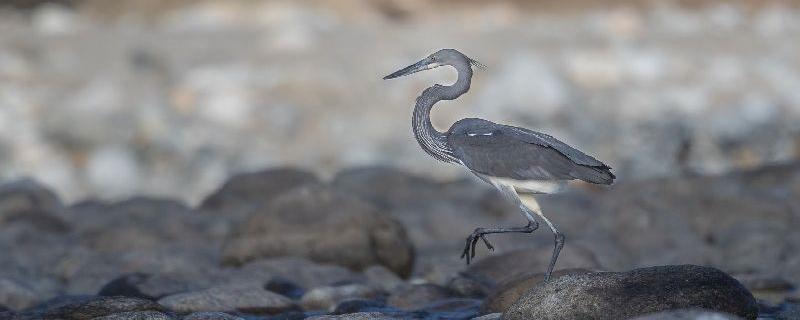
![An aerial view of the Tungabhadra dam in Karnataka [Image Credits: Bishnu Sarangi from Pixabay] Dams in the Western Ghats are altering the water and impacting the fish](/sites/researchmatters/files/styles/large_front_800x320/public/fishesalka1.jpg?itok=RmubcXkU)
